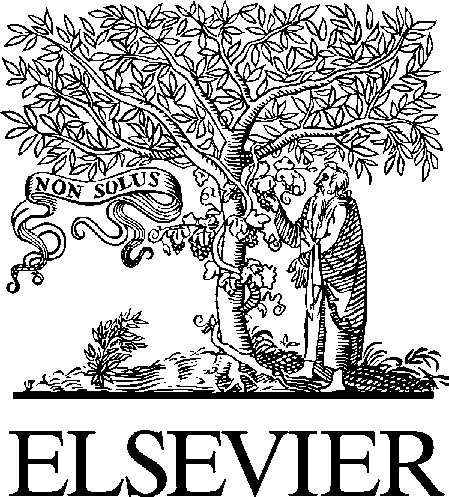Sds - 1042 cole & lewis 20g soap
SAFETY DATA SHEET ___________________________________________________________________________________ 1. IDENTIFICATION OF THE SUBSTANCE/PREPARATION AND COMPANY: _______________________________________________________________________________ SUPPLIER’S NAME PRODUCT NAME: EMERGENCY TEL. NO . PRODUCT CODE: MANUFACTURER: _____________________________________________
 American Journal of Obstetrics and Gynecology (2004) 190, S30e8
James Trussell, PhD,a,* Charlotte Ellertson, PhD,b Felicia Stewart, MD,cElizabeth G. Raymond, MD, MPH,d Tara Shochet, MPHe
Woodrow Wilson School of Public and International Affairs, Office of Population Research, Princeton University,Princeton, NJa; Ibis Reproductive Health, Cambridge, Massb; University of California San Francisco, Center forReproductive Health Research & Policy, San Francisco, Calif c; Biomedical Affairs Division, Family HealthInternational, Research Triangle Park, NCd; Population Studies Center, University of Michigan, Ann Arbor, Miche
Received for publication September 11, 2003; accepted January 27, 2004
––––––––––––––––––––––––––––––––––––––––––––––––––––––––––––––––––––––––––––––––––––––––––––––––––––––––––––––––––––––––––––––––––––––––––––––––––
Emergency contraception is an underused therapeutic option for women in the event of unpro-
tected sexual intercourse. Available postcoital contraceptives include emergency contraceptive
pills (ECPs) both with and without estrogen, and copper-bearing intrauterine devices. Each
method has its individual efficacy, safety, and side effect profile. Most patients will experience pre-vention of pregnancy, providing they follow the treatment regimen carefully. There are concernsthat women who use ECPs may become lax with their regular birth control methods; however,reported evidence indicates that making ECPs more readily available would ultimately reducethe incidence of unintended pregnancies. In addition, it is typically conscientious contraceptiveusers who are most likely to seek emergency treatment. Patient education is paramount in the re-duction of unintended pregnancies and there are numerous medical resources available to womento assist them in this endeavor. Finally, ECPs are associated with financial and psychologic ad-vantages that benefit both the individual patient and society at large.
American Journal of Obstetrics and Gynecology (2004) 190, S30e8
James Trussell, PhD,a,* Charlotte Ellertson, PhD,b Felicia Stewart, MD,cElizabeth G. Raymond, MD, MPH,d Tara Shochet, MPHe
Woodrow Wilson School of Public and International Affairs, Office of Population Research, Princeton University,Princeton, NJa; Ibis Reproductive Health, Cambridge, Massb; University of California San Francisco, Center forReproductive Health Research & Policy, San Francisco, Calif c; Biomedical Affairs Division, Family HealthInternational, Research Triangle Park, NCd; Population Studies Center, University of Michigan, Ann Arbor, Miche
Received for publication September 11, 2003; accepted January 27, 2004
––––––––––––––––––––––––––––––––––––––––––––––––––––––––––––––––––––––––––––––––––––––––––––––––––––––––––––––––––––––––––––––––––––––––––––––––––
Emergency contraception is an underused therapeutic option for women in the event of unpro-
tected sexual intercourse. Available postcoital contraceptives include emergency contraceptive
pills (ECPs) both with and without estrogen, and copper-bearing intrauterine devices. Each
method has its individual efficacy, safety, and side effect profile. Most patients will experience pre-vention of pregnancy, providing they follow the treatment regimen carefully. There are concernsthat women who use ECPs may become lax with their regular birth control methods; however,reported evidence indicates that making ECPs more readily available would ultimately reducethe incidence of unintended pregnancies. In addition, it is typically conscientious contraceptiveusers who are most likely to seek emergency treatment. Patient education is paramount in the re-duction of unintended pregnancies and there are numerous medical resources available to womento assist them in this endeavor. Finally, ECPs are associated with financial and psychologic ad-vantages that benefit both the individual patient and society at large.